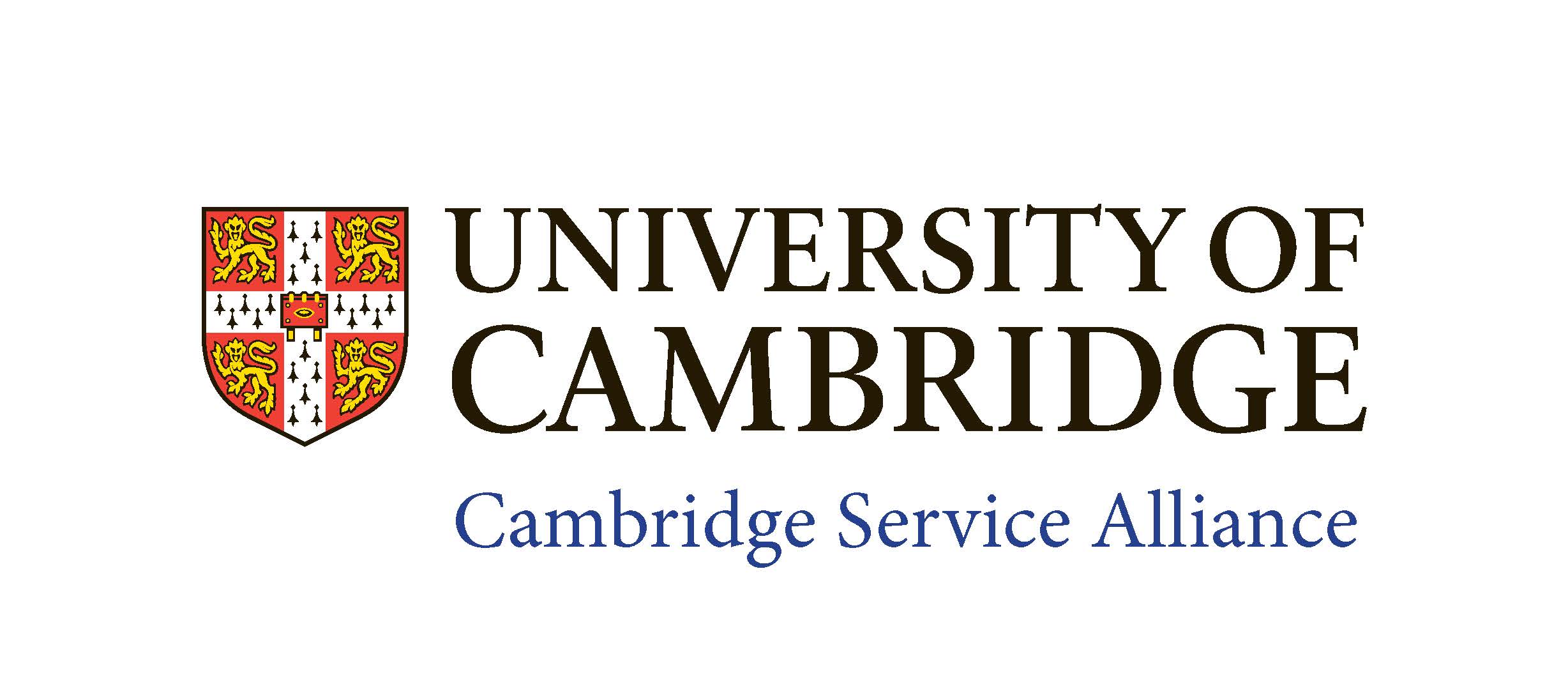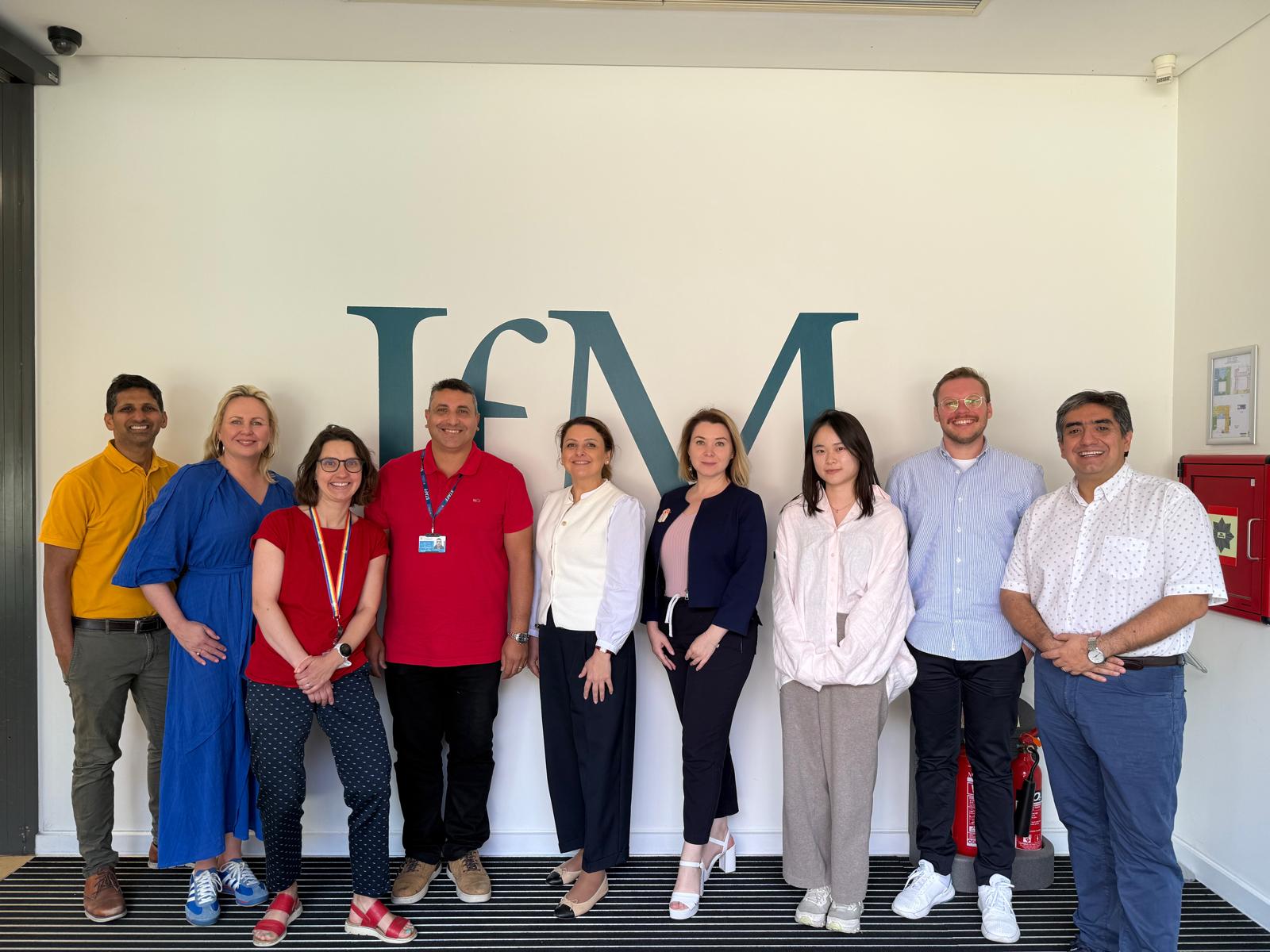
The World Health Organization recommends the use of health apps and new products are appearing all the time. As apps and other digital interfaces start to play an important part in delivering healthcare, we consider the implications for service design.
In recent years, digital technologies have transformed the way in which services are delivered. Typically, however, these technologies are regarded as interfaces or enablers, often as a way of making interactions between service providers and their customers more cost-efficient.
Our research suggests that we need to radically rethink this approach and recognise that these technologies are active participants in service delivery, fulfilling a number of important roles and, as such, are key players in the service ecosystem.
This is an important insight for executives charged with introducing new technologies into their service offerings and has implications for service design and delivery.
Our research takes as its starting point the notion that a service is not a simple, one-directional transaction between a provider and a customer but is, rather, an ecosystem in which different people and organisations come together to create value and to both deliver and receive services.
The growth of service delivery via mobile app
Into this mix come new digital technologies such as mobile apps. From gaming and dating, to shopping, banking and healthcare, customers around the world are downloading apps on a daily basis. They have been instrumental in the growth of retailers like Amazon and, building on their visible success, their use is set to increase in other sectors and settings, particularly in healthcare.
Health apps are proliferating at speed, designed to help patients manage their conditions and medications and support their mental health and wellbeing. This was already happening before the global pandemic with, for example, the World Health Organisation advocating their use in 2019, many national governments encouraging their adoption and billions of dollars of venture capital being pumped into digital health start-ups since 2018. COVID-19 only increased the demand for remote patient monitoring and care delivery worldwide.
Understanding who’s doing what
The service experience represents a coming together of the service provider, the customer (or patient) and other parties who bring with them knowledge and resources which are essential to the service delivery. Some of these players contribute directly to an exchange – a patient receiving a consultation, for example – while others make an indirect contribution, such as the developer of an app used by both doctor and patient. But all are critical to the delivery of the service.
Digital technologies, such as apps, are part of this set of roles and relationships, with their attributes directly affecting customer interactions by, for example, connecting different sets of people (patients, nurses, family and hospital doctors and pharmacists) which may, in turn, affect the roles they play in the provision of the service. For example, by speeding up the exchange of information between all these participants, the technology reduces the time the humans in the ecosystem spend getting and sharing patient information, giving them more time to support patients and build relationships with them.
To look more closely at how this plays out in practice, we studied an app and accompanying portal designed to support women suffering from gestational diabetes mellitus (GDM), one of the most common complications of pregnancy. If the condition is not managed, it can have devastating consequences for mother and baby.
Our study focused on M♥THer, a mobile app and portal, designed to support women diagnosed with GDM. Patients download the app onto their smartphone and clinicians have access to the companion portal which they use to set goals and to message the patients. The patients use the app to record health data, such as their blood glucose levels, daily exercise, weight, stress levels, sleep, blood pressure and symptoms. This data can be easily reviewed by the clinician, with the app flagging any abnormal results requiring urgent intervention. As well as interviewing pregnant women using the app, we also interviewed those taking care of the women: obstetrician and gynaecologists, endocrinologists, physicians, midwives, nurses, diabetes educators and dieticians specialising in GDM.
The app plays different roles
It became clear from the study, that the app plays a number of different and important roles in the service experience, which we described as: connector, coordinator, enabler, controller, educator and observer.
Connector
The connector role helps create stronger human interactions between different parts of the ecosystem. One of the providers, for example, described how ‘there’s more of a robust discussion between the dietician, the chronic disease nurse and then the obstetrician but also the physician … they are actually all seeing the same thing [patient data] at the same time.’
The app and SMS messaging also supports stronger connections by encouraging the use of more informal language, creating a more friendly, personal tone to communications.
Coordinator
This role is about streamlining different tasks or actions and represents the more task-based activities the app needs to perform. These tasks include setting appointments and sending reminders, which for one for one patient had a huge impact on her daily life ‘… you have access to the app, that sends my results for every day and it’s not something I have to constantly think [or] stress about.’ It should be noted, however, that the app’s organising role was not universally well-received, with some patients reacting negatively to inputting lots of data on a daily basis.
Counsellor
In this role, the app plays a part in comforting and supporting. Through the app, providers can send encouraging messages to the patients which helps them feel ‘clinically supported’ and ‘cared for’. ‘I was really reassured that [the clinician] was onto it and she would check…’
Enabler
This role is about enabling both process and outcome. For process, participants described how the app ensured there was a timely response from the care provider and greater efficiency in preparing for clinics and conversations with patients. Because the app supports real-time interaction, it also helps ensure that medication is delivered more quickly while reducing the number of emails that would otherwise need to be sent to make something happen.
Controller
The app empowers both patients and providers. Patients become keepers of their own data and can use insights from the app to monitor their own health status without recourse to clinicians. Self-monitoring and self-management is important but the provider is ultimately responsible for interpreting the data and managing the patient and this allows them to quickly see which patients are faring badly and need their attention.
Educator
The app has another role in mentoring and coaching patients, through providing visualisations of the data as well as access to educational materials. However, patients had
a mixed response to this aspect of the app. While many found the educational content useful, it did create more work for providers if patients resisted the technology.
Observer
Finally, the app acts as a remote watcher, overseeing the health of the patient and her baby. Patients who described being ‘under the watchful eye’ of the app felt this was a positive feature.
Apps are part of the team
When we think of a service ecosystem, we need to understand that digital technologies such as the M♥THer app are active participants in them, with their own roles and contributions which affect the service experience and the roles of other actors, bringing about greater efficiencies, convenience and behavioural change. The technology helps to create a team where previously providers could be siloed in their individual disciplines.
What does this mean for managers?
In the past, service designers have focused on the roles played by human service providers with technologies in an enabling capacity. We recommend that these technologies are instead considered to be part of the frontline service delivery team, with key roles and functions that interact with those of other providers to improve the overall service experience.
By identifying the different roles technology can play, they can be fully integrated into the service experience in a way that maximises their contribution.
Find out more
Watch Professor Janet McColl-Kennedy discuss this research at: https://youtu. be/RB73BkGM6jw
Professor Janet McColl-Kennedy, Director of Research at the UQ Business School, University of Queensland
Professor Mohamed Zaki, Deputy Director, Cambridge Service Alliance
Professor Chiara Orsinger, Department of Management, University of Bologna
Dr Teegan Green, Business School, University of Queensland
Picture Credit - Cecilie_Arcurs



